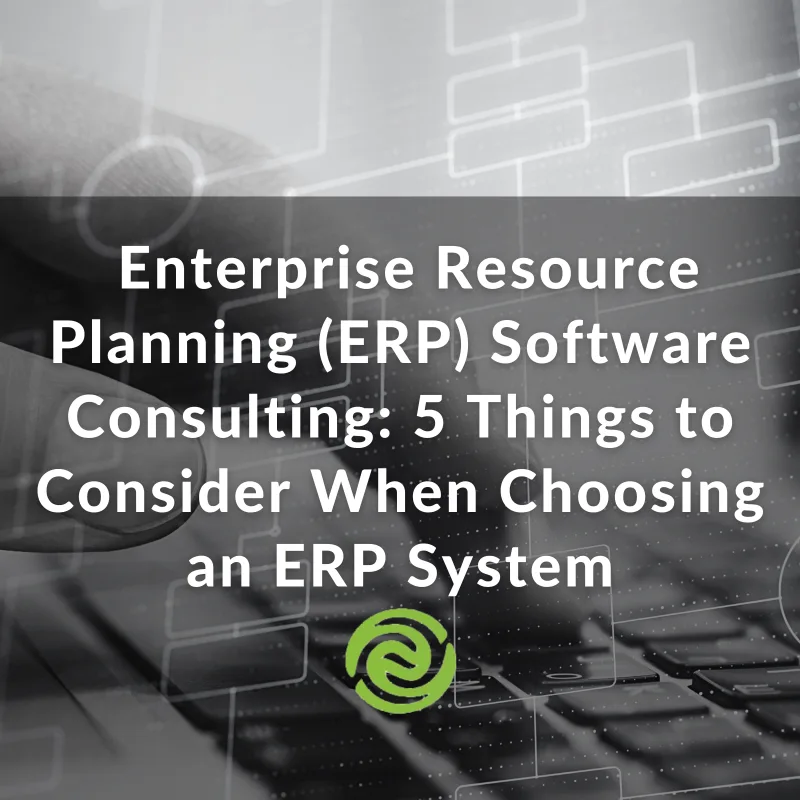A common pain point for many of our prospective clients is the persistent challenge of…
The Risk of 1
 So your IT person or vendor knows all of your systems like the back of their hand. You’ve had them take over every aspect of the software and day-to-day operations and things are finally moving forward. They have become the sole keeper of the kingdom.
So your IT person or vendor knows all of your systems like the back of their hand. You’ve had them take over every aspect of the software and day-to-day operations and things are finally moving forward. They have become the sole keeper of the kingdom.
So what happens if they win the lottery?
Worse yet, what if they find another job or get hit by the proverbial bus? Who knows the administrator password? How does that software work? Where is the code? When was the last backup? Where are the backups? Who knows how to reset the database when that one particular problem occurs? Who is going to continue the development? How do you get that critical report to that important customer?
How will your business survive and move forward? This is “The Risk of 1.”
Now don’t get me wrong… I think hiring the right IT person is a good move. I’d be happy for them if they won the lottery and would never want them to even SEE the proverbial bus. But, the reality of the situation is that the people in your business and their families are counting on you to pay their mortgages, send their kids to college, plan for weddings and even to buy gas to get to work tomorrow. You need to plan ahead so that “The Risk of 1” is never a factor.
“The Risk of 1” refers to any single person or system that could either inadvertently or purposefully stop your business dead in its tracks. The solution is to build redundancy into every aspect of your software and network infrastructure and the person that runs them.
If you have one person or vendor that knows everything about your software or network, bring in someone to share the knowledge with AND help you through transitionary periods. If you rely heavily on a software package, have a disaster recovery (DR) plan for when something goes wrong. If you rely heavily on a SQL server, implement a mirror server. If you have one server, implement a second one. If you rely heavily on the web, implement a second internet connection.
This line of thinking should be applied to all of your critical software IT systems, hardware, processes and people. Start with the most critical item (most likely your IT person or vendor) and make a list of failure points in your process. It doesn’t take long. Work your way through a list of software databases, servers, firewalls, switches, data roll-up processes, etc. Add a time frame to the list, like once every 2 months or once a quarter. In a year, you’ll have built redundancy into most of your IT systems.
It may take a little while to get to full redundancy, but you WILL sleep better at night knowing that your IT person and your systems can’t hold your business hostage.
The bottom line is this… Don’t get yourself into a situation where everything hangs on one someone or something. Add redundancy into your resources so that when something does come up, you can move forward with business as usual, guaranteeing your success.
If you have any questions about designing a mobile app or this article, we’d love to be a sounding board for you and are here to help in any way we can. Please don’t hesitate to reach out. 877.377.SWIP







